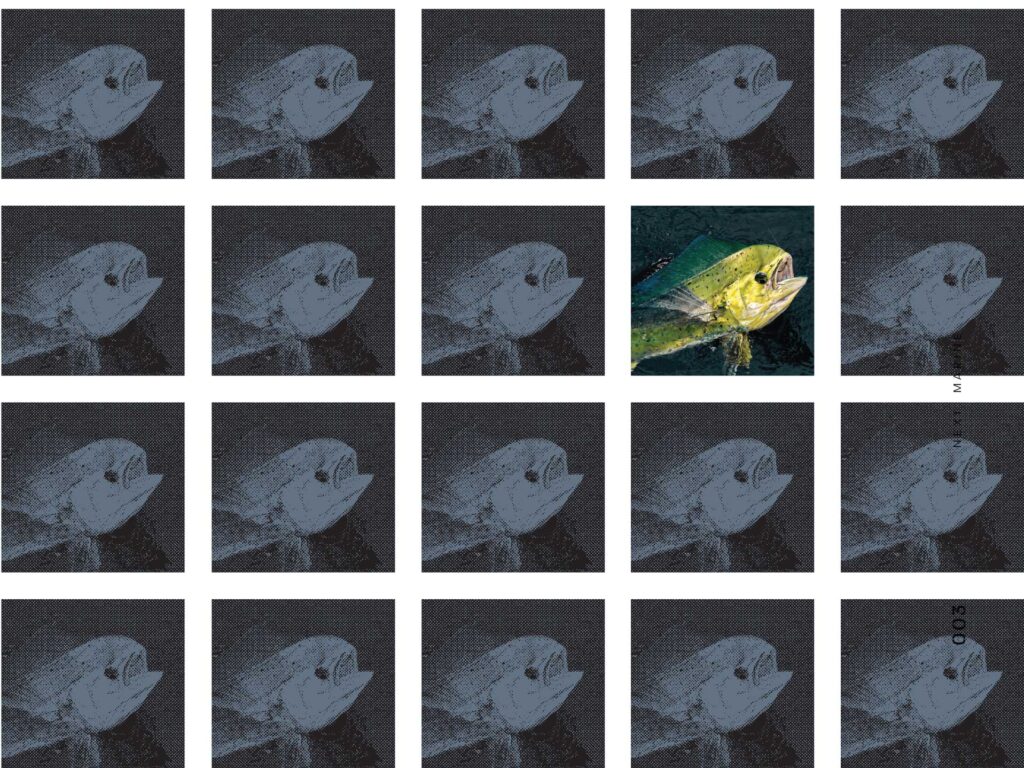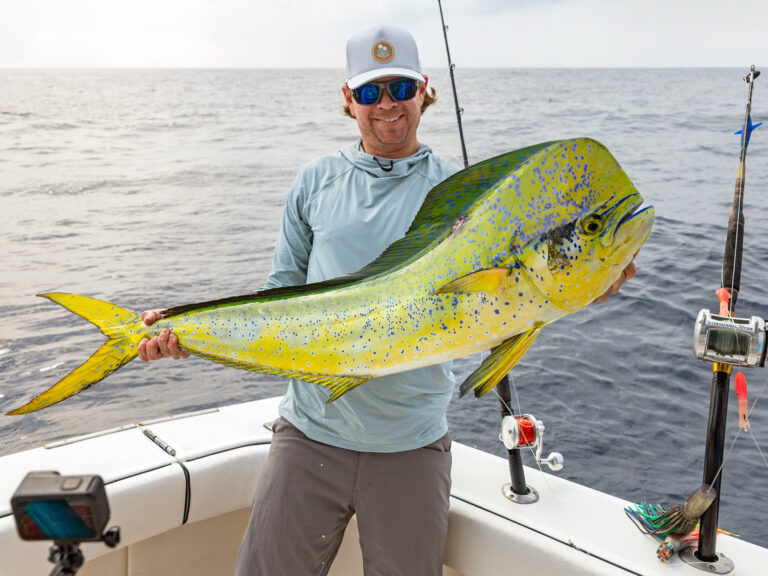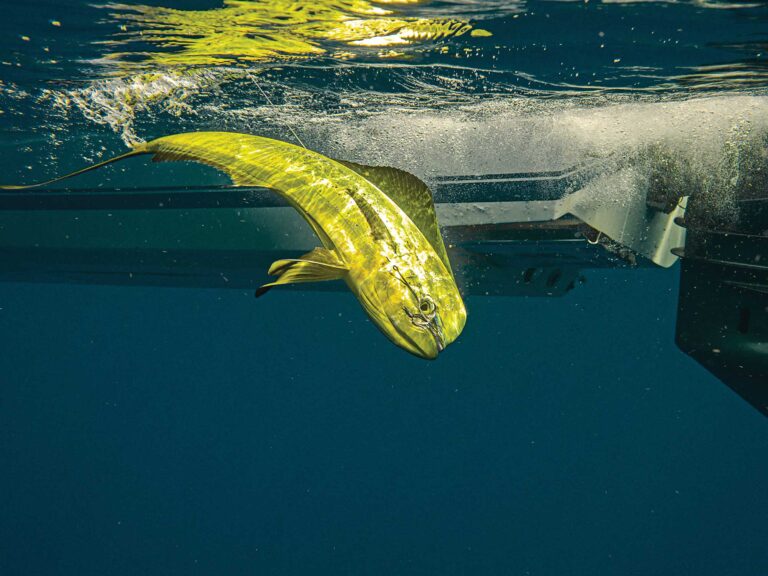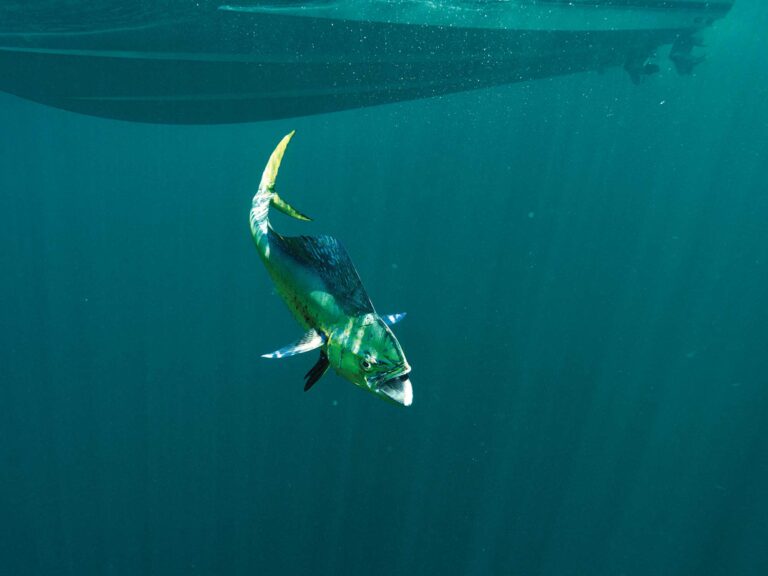
Tracking Our Favorite Gamefish
Investment in critical data collection can help ensure that our fisheries survive and thrive.
The dolphin’s fighting spirit, acrobatic nature and superb quality as table fair make it a favorite of game fish anglers worldwide.

Investment in critical data collection can help ensure that our fisheries survive and thrive.

Keep these proven dolphin fishing tricks handy in your offshore arsenal.

Fall heralds the great mahi invasion in the waters off Southern California. Use these tips for maximum success.

Learn how to target mahi during the second migration of the year for a chance at scoring even larger dolphin.
The neon-bright blues, yellows and greens splattered all over its body make dolphin easy to identify, and its fighting spirit, acrobatic nature and superb quality as table fair make it a favorite of game fish anglers worldwide.
Found offshore, and sometimes nearshore, in tropical and subtropical waters of the Atlantic, Pacific and Indian oceans, as well as the Caribbean and Mediterranean seas, dolphin live only 4 to 5 years, but grow incredibly fast. They reach a weight of 2 to 3 pounds in under 3 months, 30 pounds in about a year, and some grow to exceed 60 pounds.
Also called mahi-mahi or dorado, dolphin gravitate towards large clumps of floating sargasso and other flotsam, in search of cover and forage hiding underneath. Juveniles travel in large schools of similar-size fish, while large adults mostly travel in pairs or trios – usually a bull (male), which sports a tall, square forehead, and 1 or 2 cows (females), with a round, less prominent forehead.
Though primarily a pelagic species, dolphin will dive hundreds of feet on occasion. Flying fish are a favorite prey, but these opportunistic feeders will happily consume squid, and a wide range of baitfish, and juvenile finfish and crustaceans.